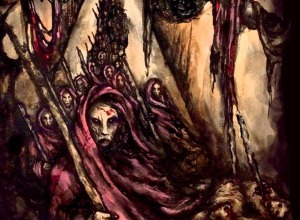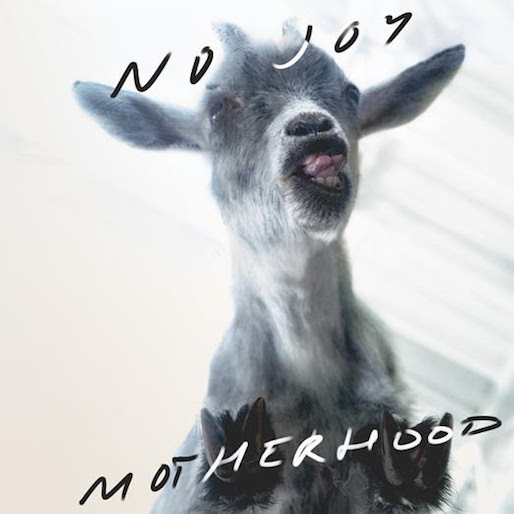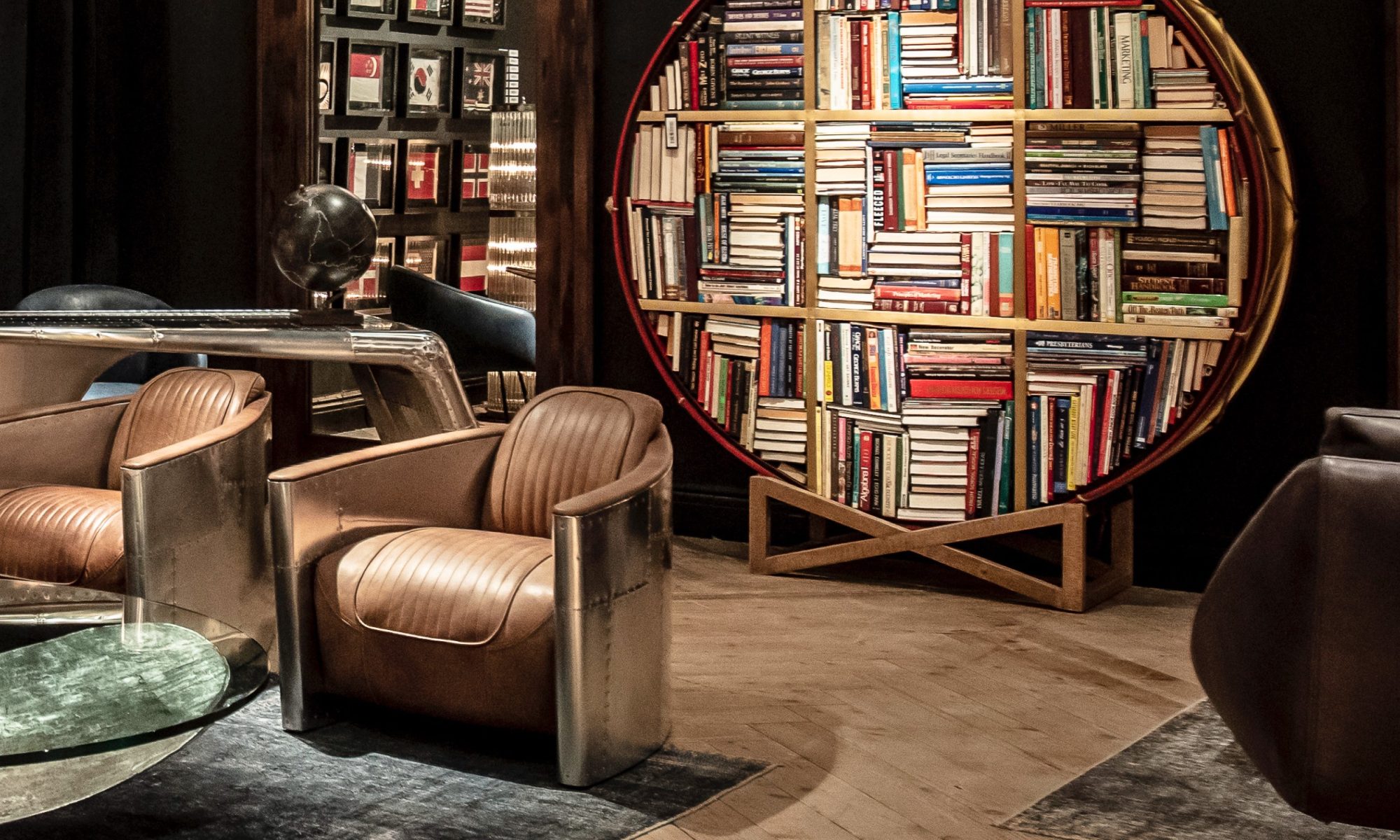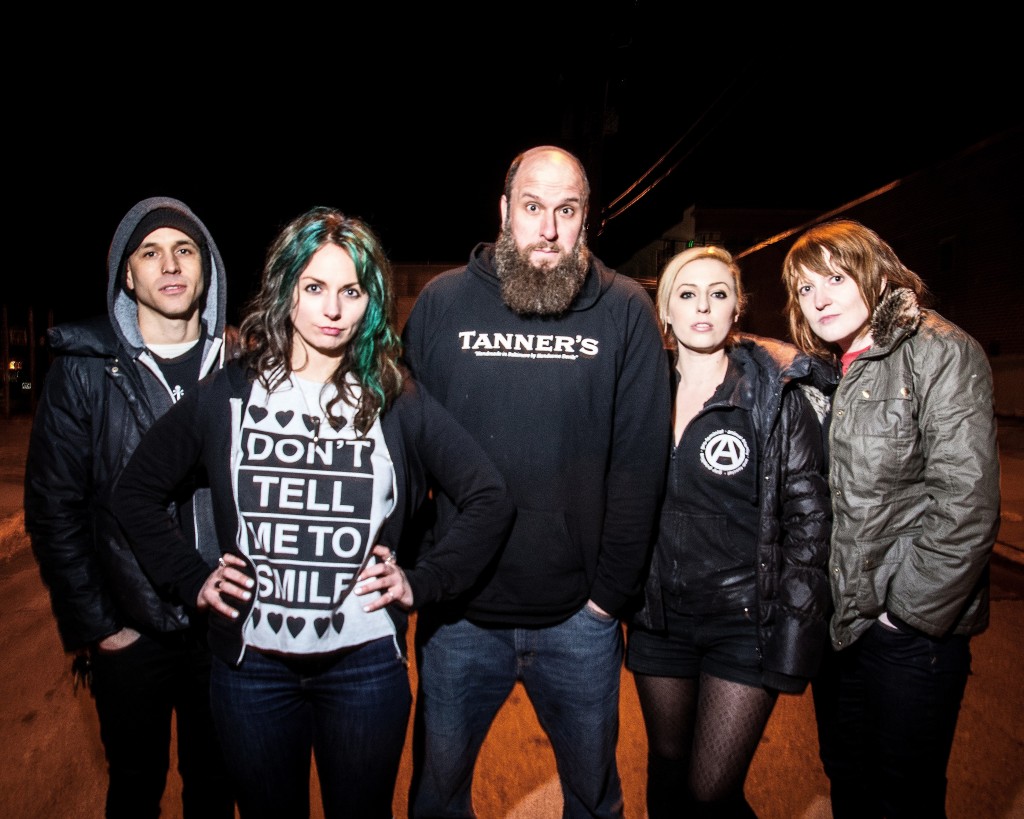 Last week, an article was published over at No Clean Singing that caught my eye. The article, “A Metal Gender Study“ is a follow-up post by cultural anthropologist David Mollica who put a call out through No Clean Singing last March to recruit participants for his study about gender and metal.
Last week, an article was published over at No Clean Singing that caught my eye. The article, “A Metal Gender Study“ is a follow-up post by cultural anthropologist David Mollica who put a call out through No Clean Singing last March to recruit participants for his study about gender and metal.
Since Mollica’s research is very much aligned with my own work with regard to gender, I thought I’d share my thoughts on his article in hopes of opening a discourse about how gender has been examined in the past as well as how the perspective of women conducting the research themselves can offer different insights than previous studies done by men.
 First off, though Mollica’s writing is aimed at the general audience in the blog post, I wondered about several aspects of his study. For one, he writes:
First off, though Mollica’s writing is aimed at the general audience in the blog post, I wondered about several aspects of his study. For one, he writes:
“…I ended up interviewing 6 women and 5 men, making this the first study of its kind that I know of to have equal gender representation.”
Since I’ve had to research a lot of literature on this topic, I found this statement to be misleading and, with no sources cited, I also question the depth of his actual research. In the last decade or so, though statistics may have not shown an exact and equal ratio of men and women on studies like Mollica’s; the fact is there has been research done with women and men regarding the subject of gender and metal.
One example is the research done by scholars Leigh Krenske and Jim McKay entitled, “Hard and Heavy: Gender and Power in a Heavy Metal Music Subculture“, in which gendered structures of power in a specific music club within the heavy metal subculture in Brisbane, Australia were studied. In this study a total of 10 participants were interviewed, 6 women and 4 men.
Additionally, in my own research, I have referenced academics such as Sonia Vasan from the University of Texas, whose dissertation, “Women’s Participation in Death Metal Music“ was extremely influential on much of my ethnographic approach. Likewise, Sarah Kitteringham from University of Calgary has written and interviewed a variety of women from the Canadian Extreme Metal Music Scene, authoring her findings in her thesis, “Extreme Conditions Demand Extreme Responses“. There are other scholars from around the globe – Rosemary Hill, Gabrielle Riches, Jasmine Shadrack, Laina Dawes, Pauwke Berkers, Julian Schaap, and Keith Kahn-Harris – who have written about women in and around metal music. This also assumes one has referenced older and staple academic works written by Arnett, Walser, Wallach, Hickam, Purcell, Pillipov and Weinstein which mention and address different aspects of gender in metal. I’m sure I’m forgetting more.
 On top of the lack of reference and context (which in Mollica’s defense, was probably due to not wanting to sound too academic on a commercial website), I thought the sample size of 6 and 5 to be small. In my own research, I interviewed – either in-person or electronically – around 80 participants from the NY area alone. If not for the cut-off period instituted by the IRB, there would have been many more – something I will probably use for a follow-up paper.
On top of the lack of reference and context (which in Mollica’s defense, was probably due to not wanting to sound too academic on a commercial website), I thought the sample size of 6 and 5 to be small. In my own research, I interviewed – either in-person or electronically – around 80 participants from the NY area alone. If not for the cut-off period instituted by the IRB, there would have been many more – something I will probably use for a follow-up paper.
In addition, I’m left wondering about other aspects such as the demographics of his interviewees–Where was this study conducted? How old were his interviewees? What were their ethnicities? What were their educational backgrounds/careers?
Mollica points to conducting inductive research, assessing patterns as they arise. While this is a valid form of research, asking and answering such demographic questions is integral to finding out the patterns among his participants.
For example, in my study, I found that many of my online participants (which were women only) identified with Caucasian or Hispanic backgrounds. Asians, Native Americans, and African Americans had the lowest representative numbers. This becomes an important part of understanding identity construction, especially within an area like the NY tri-state region which is considered to be quite diverse.
Moreover, the women in my study (of which 72 were surveyed online) identified with the following stats: 18% between 18-24 years of age, 56% between 25-34 years in age, 18% between 35-44 years in age, 5% between 45-54 years in age and finally and most surprisingly 3% between 65-74 years in age. Considering age demographics is one way to reveal listening reasons. One can infer the musical styles that would have been around during the participants’ birth years for each age group and what may have been influential as well as what they were moving both away from and towards.
Also interesting – and not surprising – were the differences in our observations of women participating and producing within the scene. Mollica writes,
“Another thing that was mentioned was the stereotypically feminine tendency to herd up, move in groups, and sometimes stand on the periphery of the action.”
Though his interviewees mention this as fact, I and many of my participants witnessed otherwise – at least as the NY-area goes. Interestingly, many of the local extreme metal shows I attended had women attending by themselves. Perhaps this was due to the age of the women I noticed attending; they were often older and more mature, in their late 20’s and on, whereas younger adult women attended in groups, both mixed and unmixed. But, there are reasons outside of metal for this, and men are shown to move with their friends as well.
He also talks about authenticity within the metal scene, mentioning the similarities with geek culture and the acceptance of women within that subculture. I agree with his point and would add that this “burden of proof” placed on women to show their true fandom and authenticity elicits a form of tokenism, whereby they become objects which are judged and criticized. Schaap and Berkers work, “Grunting Alone? Online Gender Inequality in Extreme Metal Music”, explains this tokenism within extreme metal scenes, further supporting how sexism is widespread and cultivated throughout the subculture.
Finally, on Mollica’s last section, “What’s the Point?”, he writes:
Overall, most metalheads are probably not sexists who don’t want women in their “club”, as some other research has concluded. The reality is probably more that we bring our ideas about the world to heavy metal when we make ourselves part of the group.
I think I’ll have to agree to disagree on this one. For starters, this might be the case for the particular region of Mollica’s study. Since I’m not sure where that was, all I can offer are my own insights and experiences as a woman from the NY tri-state area. Most of the women I met with and interviewed felt that the extreme metal scene in NY was an arena that could be both restrictive and open in its acceptance of women as consumers and producers. Though many women felt established and included with the community, they also cited the difficulties in getting there.
My interviewees cited that their acceptance within the subculture did not eradicate the constant “testing” of their authenticity once there, whether it was being tested as a musician, fan, music journalist, or critic. Many women felt that this openness and acceptance also changed regionally, often telling me that once they were outside of urban and diverse areas like NY, they were more likely to experience sexism, racism and violence at shows.
 In addition, the construction of the lyrical content does not offer many avenues for the dismantling of misogynist and sexist content. I can only think of NY’s Castrator as an example of a band that has turned traditional death metal lyrical content on its head.
In addition, the construction of the lyrical content does not offer many avenues for the dismantling of misogynist and sexist content. I can only think of NY’s Castrator as an example of a band that has turned traditional death metal lyrical content on its head.
With that, I leave you with a quote from one of my anonymous participants:
“Heavy and Extreme Metal still have a long way to go”








